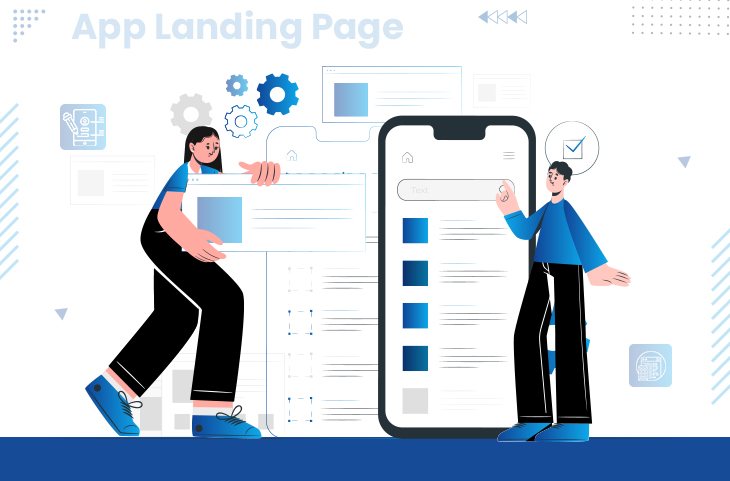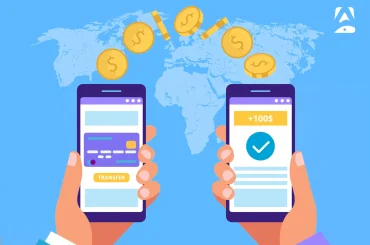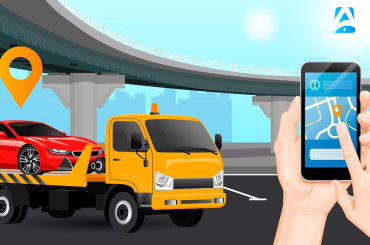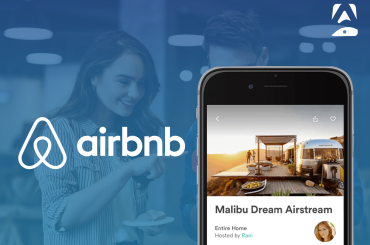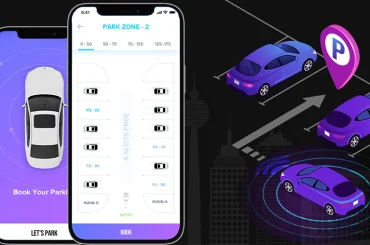Both mobile apps and websites have landing pages. These landing pages are essential for creating a good first impression of the mobile app. The rest is up to the user’s interest and preference. Therefore, the developers are so concerned about building a pleasant Mobile App Landing Page for users and clients. The landing page should be interactive and must lower down the user bounce rate. Besides websites, mobile apps also have a bounce rate.
When a visitor finds the mobile app is of no use, he not only leaves it out but also uninstalls it from his device. Therefore, mobile apps are at double risk. After uninstalling a new mobile app, there are fewer chances of the user to come back. So, Mobile App Landing Page needs to be highly engaging and user-friendly. It should also showcase new offers and discounts in the case representing an eCommerce business.
So, the point is how to optimize the App Landing Pages for better user engagement and performance? For this, you have to go through the various components of the landing pages. The developers have to create, maintain and modify such components from time to time. A landing page is a blend of various elements that are important for bringing more user participation and actions to your app.
Through this article, we want to highlight all those components and let you create your landing page checklist for better user engagement and conversion ratio.
Let’s move on to the topic!
What is Mobile App Landing Page?
As discussed earlier, a landing page exists in both mobile apps and websites. When a user opens a link to a website from an external source, the first page he/she lands up is the landing page. Mobile App Landing Page often indicates the home page of the app. It is the same case in websites as well. However, the user may also reach another app page from an external source at times. Hence, a service page could also become a landing page.
However, in most cases, a landing page is considered the home page of the app. These App Landing Pages must have some essential elements that the developers shouldn’t avoid. In the approaching segment, we’ll discuss those elements in detail!
Why is App Landing Page Important?
Every mobile app component is important in some form. However, App Development Companies need to make up their decision ahead of time. They must ensure the components they’re required to add to their mobile app before launch. For this, they get in touch with the client multiple times to maintain the accuracy of the project. Moving ahead, a number of factors decide the importance of a landing page as mentioned below:
1. To Update Your Customers
Not only customers but you can also update your app users from time to time. Every mobile app needs to be updated from time to time. It includes its overall appearance and functions. The landing page is also a mixture of attractive appearance and user-friendly functionality. By updating your app users, you can win their loyalty for years.
2. Convenient Usage
The next factor is to optimize the user experience. The user can get back to the landing page to start over multiple times. Many users do this while using the main app features and functions. App Development Companies see it as a user retention technique to hold the user interest in the mobile app for a long period.
3. Improve User Memory
Landing Page Development is focused on both app UI and UX design. Where UI is based on the app appearance, UX is based on the different aspects of user accessibility. Both of these things improve user memory and insight into mobile app content and functions. They also remember brand identity for longer and share their opinion with their friends and loved ones about the mobile app.
Therefore, Landing Page Development is a crucial step in the overall app creation process. Additionally, it requires the designer team to collaborate and decide the overall appearance of the app page!
9 Components for a Great Mobile App Landing Page
Moving ahead are the main components and elements of an ideal Mobile App Landing Page. You can also prepare a separate checklist of the relative elements as per your client and project requirements. Enlisted are some basic components that you must include on the landing page:
1. Name/Logo
You can use either one or both of these elements. A mobile app logo is the id of your company. Users remember it for longer and also remember your company name. It differentiates your mobile app company from others on the app store.
2. Powerful Headlines
Though headlines are not used in every type of landing page, they can bring more user attention to your content, products, and services. You can change the headlines again and again over time but they should always represent your top products or services in some form.
3. Thumb Friendly Layout
Thumb-friendliness can also contribute to user engagement. Your Mobile App Landing Page must distribute all the content into 3 thumb zones- Natural, Stretching, and Hard. Moreover, 49% of people use their smartphone with one hand so you must remember that.
4. Apply Call to Action (CTAs)
Landing pages are often filled with CTA buttons. But it happens more in the case of web pages as compared to apps. First, you need to decide on the requirement of CTA for your mobile app usage. A Sign-Up button is also a form of CTA that most mobile apps have. Generally, it leads to conversion.
5. Contact Info
The users can get in touch with the company right away. This may improve their mutual relationship in the future. Hence, we suggest adding proper contact details on the landing page. You can also come to know about specific user issues and problems with your mobile app and make changes to your development plans accordingly.
6. Awards & Recognition
This may also include client testimonials. These components are a symbol of trust and let the users feel comfortable using your app. Mobile App Landing Page that doesn’t have any award or client recognition to showcase is often considered untrustworthy.
7. Easy Layout
Above all, the layout of the landing page must be easy and understandable. Some designers add complicated layouts to provide for unique app development projects targeting a unique audience. However, in most cases, the layout is preferred to be easy.
8. Social Media Links
Some users also want to follow the social media links of the mobile app to get early updates and news about upcoming products or services. The links must be genuine and active for use. Moreover, the company needs to focus on social media marketing campaigns from time to time.
9. Content
Finally, there must be content available in some form. You can either add pictures, videos, infographics, or animation to make your content colorful and informative. However, make sure that the content is easily deployed on the landing page.
Final Thought
In this way, your Mobile App Landing Page can prove to be a game-changer for your app business and target more user attention than you expect. You can think about better business goals and objectives for the future and introduce new products, services, and offers accordingly.

